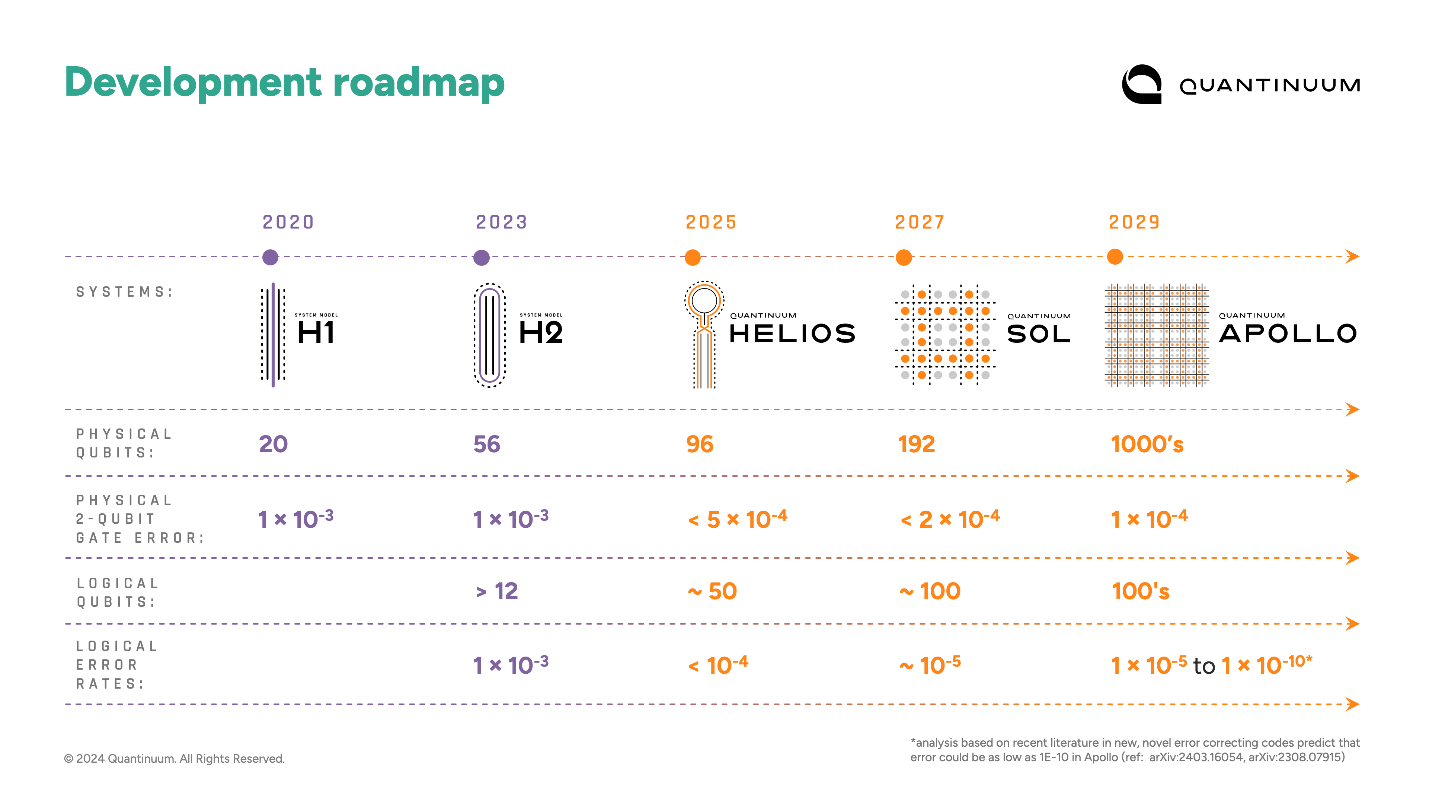Particle accelerators like the LHC take serious computing power. Often on the bleeding-edge of computing technology, accelerator projects sometimes even drive innovations in computing. In fact, while there is some controversy over exactly where the world wide web was created, it is often attributed to Tim Berners-Lee at CERN, who developed it to meet the demand for automated information-sharing between scientists in universities and institutes around the world.
, it’s no surprise that the High Energy Physics community is interested in quantum computing, which offers real solutions to some of their hardest problems. Furthermore, the HEP community is well-positioned to support the early stages of technological development: with budgets in the 10s of billions per year and tens of thousands of scientists and engineers working on accelerator and computational physics, this is a ripe industry for quantum computing to tap.
As the authors of this paper stated: “[Quantum Computing] encompasses several defining characteristics that are of particular interest to experimental HEP: the potential for quantum speed-up in processing time, sensitivity to sources of correlations in data, and increased expressivity of quantum systems... Experiments running on high-luminosity accelerators need faster algorithms; identification and reconstruction algorithms need to capture correlations in signals; simulation and inference tools need to express and calculate functions that are classically intractable”
The authors go on to state: “Within the existing data reconstruction and analysis paradigm, access to algorithms that exhibit quantum speed-ups would revolutionize the simulation of large-scale quantum systems and the processing of data from complex experimental set-ups. This would enable a new generation of precision measurements to probe deeper into the nature of the universe. Existing measurements may contain the signatures of underlying quantum correlations or other sources of new physics that are inaccessible to classical analysis techniques. Quantum algorithms that leverage these properties could potentially extract more information from a given dataset than classical algorithms.”
Our scientists have been working with a team at DESY, one of the world‚Äôs leading accelerator centers, to bring the power of quantum computing to particle physics. DESY, short for Deutsches Elektronen-Synchrotron, is a national research center for fundamental science located in Hamburg and Zeuthen, where the Center for Quantum Technologies and Applications (CQTA) is based. ¬ÝDESY operates, develops, and constructs used to investigate the structure, dynamics and function of , and conducts a broad spectrum of interdisciplinary scientific research. DESY employs about 3,000 staff members from more than 60 nations, and is part of the worldwide computer network to store and analyze the enormous flood of data that is produced by the LHC in Geneva.
In a , our scientists collaborated with scientists from DESY, the Leiden Institute of Advanced Computer Science (LIACS), and Northeastern University to explore using a generative quantum machine learning model, called a “quantum Boltzmann machine” to untangle data from CERN’s LHC.
The goal was to learn probability distributions relevant to high energy physics better than the corresponding classical models. The data specifically contains “particle jet events”, which describe how colliders collect data about the subatomic particles generated during the experiments.
In some cases the quantum Boltzmann machine was indeed better, compared to a classical Boltzmann machine. The team is analyzed when and why this happens, understanding better how to apply these new quantum tools in this research setting. The team also studied the effect of the data encoding into a quantum state, noting that it can have a decisive effect on the training performance. Especially enticing is that the quantum Boltzmann machine is efficiently trainable, which our scientists showed in . ¬Ý








